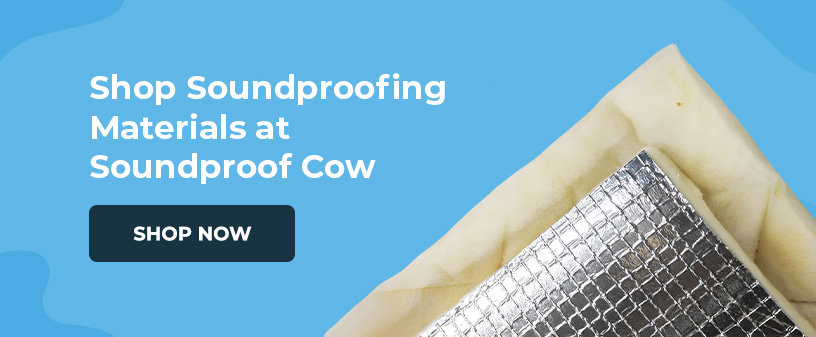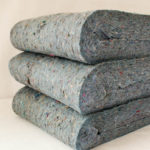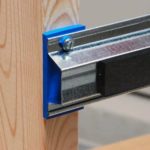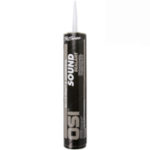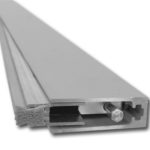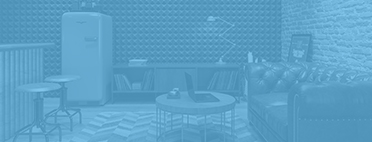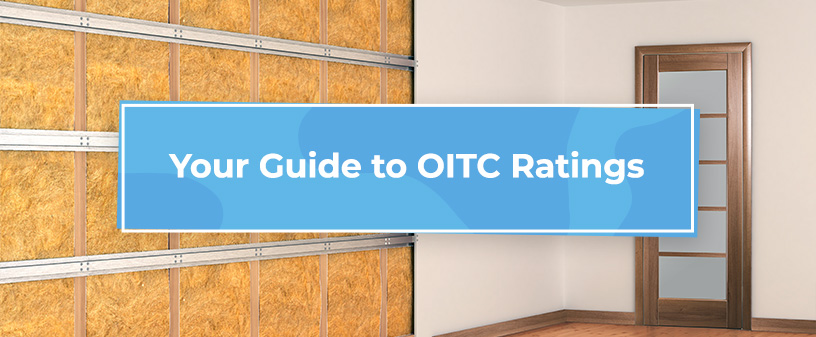
What Is an OITC Rating?
An OITC rating measures the sound transmission rate between external and internal spaces. It targets low-frequency sound loss between 80 and 4,000 Hertz (Hz).
OITC Ratings vs. STC Ratings
You might be thinking that OITC ratings sound a lot like STC ratings. They are similar because a sound transmission class (STC) rating also measures how well products block airborne sound. Here is a breakdown of how the ratings differ:
- Date of invention: While STC ratings have been around since 1961, OITC is a much newer system. It was introduced in the ’90s to calculate the noise isolation provided by building facades.
- Type of noise measured: OITC focuses on how exterior noise travels indoors. STC measures sound transmission between spaces — for example, from one room to another.
- Frequencies: When you need to measure mid-to-low frequencies, OITC has the edge. STC monitors transmission loss for frequencies between 125 and 4,000 Hz.
- Applications: OITC assesses products or barriers that need to reduce low-frequency sounds. More popular STC ratings appear on everything from soundproofing products to building elements.
Both ratings are important for soundproofing. When tackling lower, heavier sounds from the outside, look for a product with a high OITC rating. If you want to stop sound from traveling from one room to another, opt for a high STC-rated product.
Contact Us
Factors Affecting OITC Ratings
Before diving into how professionals measure OITC, it helps to understand the units of measurement.
Frequency
In the simplest terms, frequency is how often something repeats in a given period. With sound waves, the measurement for frequency is cycles per second, which we express in Hertz. Frequency determines how high or low a tone is. Low frequencies, like a bass drum or thunder, have fewer cycles per second. High frequencies, like a whistle or bird chirp, have more cycles per second.
Think of it like waves in water. If the waves come close together, the frequency is high — and in the context of sound, so is the pitch. If they are far apart, the frequency is low. Low-frequency sound waves equal a lower pitch, too.
Decibels
A decibel (dB) is a unit that measures how loud or intense a sound is. The higher the number, the louder the sound. For reference, a whisper is about 30 dB. Normal conversation is around 60 dB, and a loud rock concert might be 110 dB.
Decibels work on a special scale where every 10 dB increase means the sound is twice as loud. So, 70 dB is not just a little louder than 60 dB — the noise is doubled.
Transmission Loss
Transmission loss is how much sound reduces when it tries to pass through something like a wall. This measurement compares the sound level on one side of a barrier to the sound level on the other. The bigger the difference, the greater the transmission loss.
How Are OITC Ratings Measured?
OITC measures sound intensity loss in decibels in a controlled laboratory setting. It works like this:
- A sound source generates specific frequencies on an OITC rating scale ranging from 80 to 4,000 Hz on one side of the tested material, like a door or wall.
- On the other side, sensitive microphones measure how much sound makes it through.
- The difference between the original sound level and what passes through determines the OITC rating.
For example, if a 100-decibel sound outside becomes a 70-decibel sound inside, the 30-point reduction translates to a rating of 30.
The test focuses on low-frequency sounds, like traffic, airplanes, construction or train noise. An OITC rating chart reflects how well a material blocks exterior noise. The higher the rating, the better the material is at blocking these outdoor sounds from coming inside.
Why OITC Matters for Soundproofing
OITC ratings matter because they measure how well materials block common outdoor noise. Unlike older sound ratings, OITC focuses on low-frequency sounds. These sounds are often the hardest to block and the most annoying to deal with.
These ratings are especially important for:
- Urban living: OITC ratings help indicate the best materials to block traffic noise. Products with a high rating reduce the sounds of construction, trains and planes.
- Building design: Minimizing low-frequency sounds creates a more comfortable indoor environment. OITC ratings can also help meet building code requirements or LEED certification.
- Specialized needs: Certain spaces, like home theaters and recording studios, need to eliminate outdoor noise to improve acoustics.
An OITC rating of 30 or higher means better sound isolation from these environmental noises. Imagine the benefits of blocking out urban noise. You could enjoy better sleep, reduced stress and increased productivity.
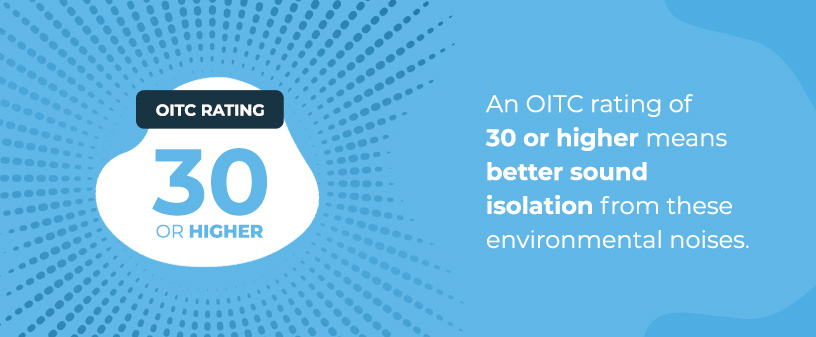
How to Improve Your Sound Ratings
If you want to reduce low-frequency sounds, you can take a few different approaches — or a combination.
Soundproofing Walls
Adding mass to your walls and floors creates a barrier, making it harder for outside noise to get in. One way to do this is by adding soundproofing insulation inside your wall. Check out these five steps to OITC success:
- Separate your wall: The first step is to decouple your wall. Separate the two sides of the wall using resilient clips and a hat channel. You could even use studs to make a staggered stud or double wall for extra separation.
- Insert sound insulation: Adding density is the next step. Pack a material like Quiet Batt® Soundproofing Insulation into the gap. Low-frequency sounds will dissipate when they hit the dense material, increasing your OITC rating.
- Include a soundproofing system: For all-in-one OITC-boosting power, add an isoTRAX® Soundproofing System on top of your insulation layer. It comes with decoupling rails and sound-dampening pads.
- Add acoustic panels: Place a fabric-wrapped acoustic panel between the rails.
- Seal the gaps: Use OSI® Pro-Series SC-175 Acoustical Sound Sealant and fill gaps and cracks. The result? A better OITC sound rating and a more tranquil space.
Upgrading Your Doors
A great way to increase your OITC rating is to invest in a door sweep and perimeter seal! The gaps under and around doors provide the perfect entrance for outdoor noise. You can keep it out by installing a Quiet Door™ Automatic Door Sweep because creating a tight seal blocks low-frequency noise. Add a Quiet Door™ Adjustable Door Seal to fill the space around the door for extra soundproofing.
Using Acoustic Treatments
Sound scientists have developed products meant to reduce noise and boost the OITC rating of your home or office. A few of your options include:
- Soundproofing barriers: Materials like vinyl, foam and fiberglass create a sound energy-deflecting barrier. Determine where the outdoor noise is getting in and apply a barrier on it to deaden vibrations.
- Vibration isolation: Low-frequency sounds cause vibrations you can feel. Isolating these vibrations helps to reduce sound transmission. Install an isoTRAX® Soundproofing System in the wall or ceiling or use sound-dampening materials.
Shop Soundproofing Materials at Soundproof Cow
With the right products, a quieter, more comfortable space is possible. Soundproof Cow has the mooo-terials to reduce noise and vibrations from disrupting your zen. Browse our range of top-notch soundproofing products aimed at creating the perfect soundscape. Our helpful herd is only a call away for advice, recommendations or a free acoustical analysis.


